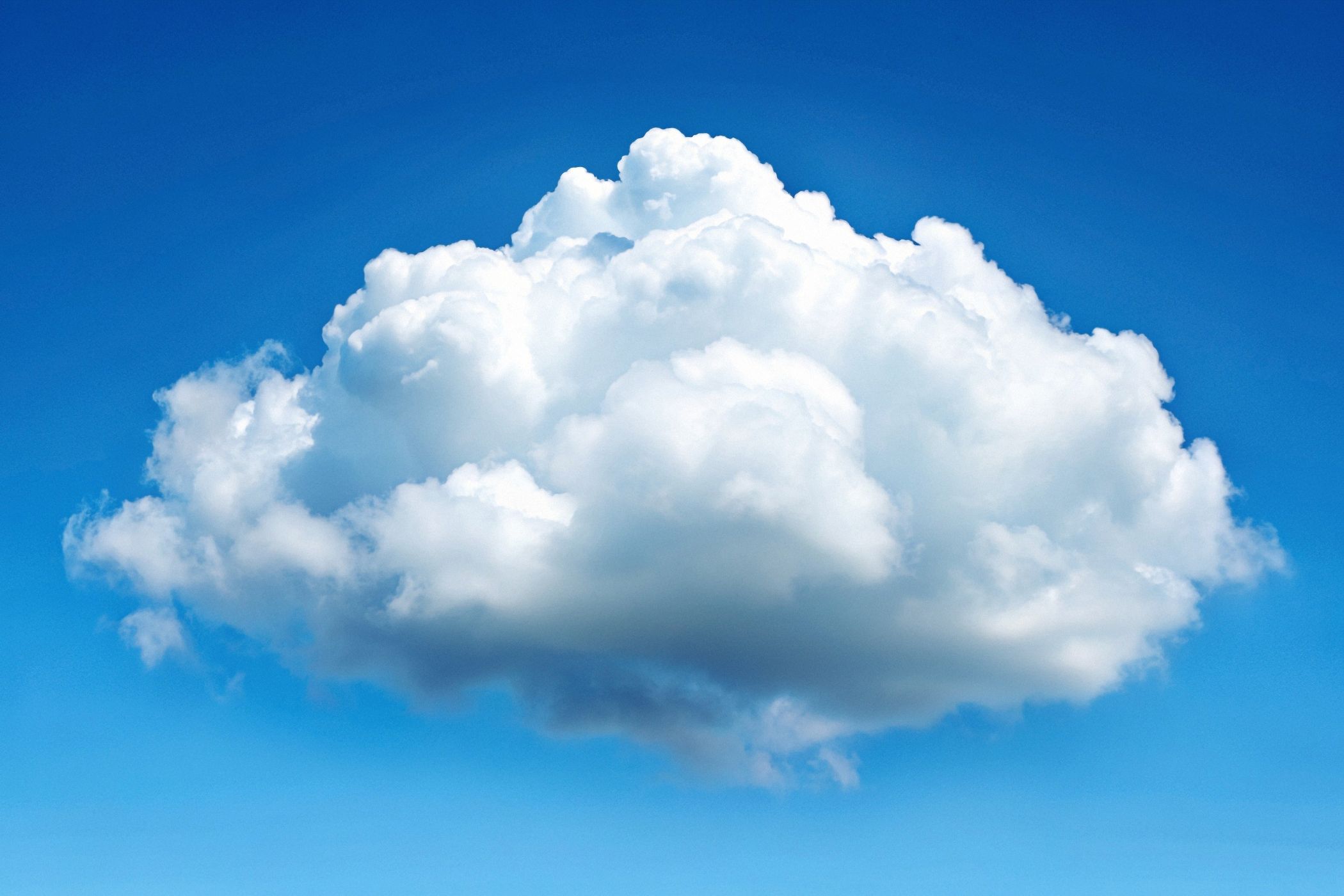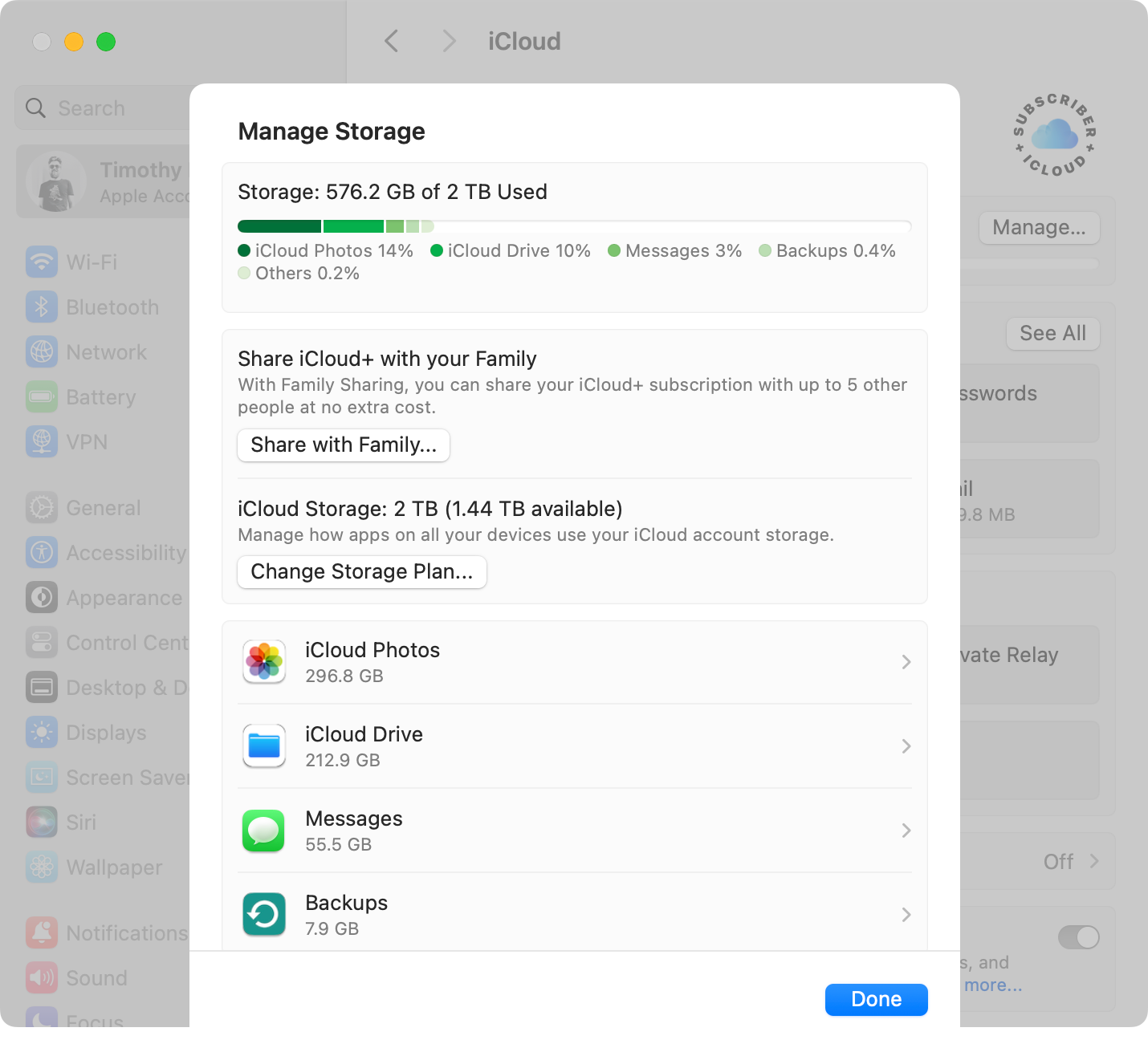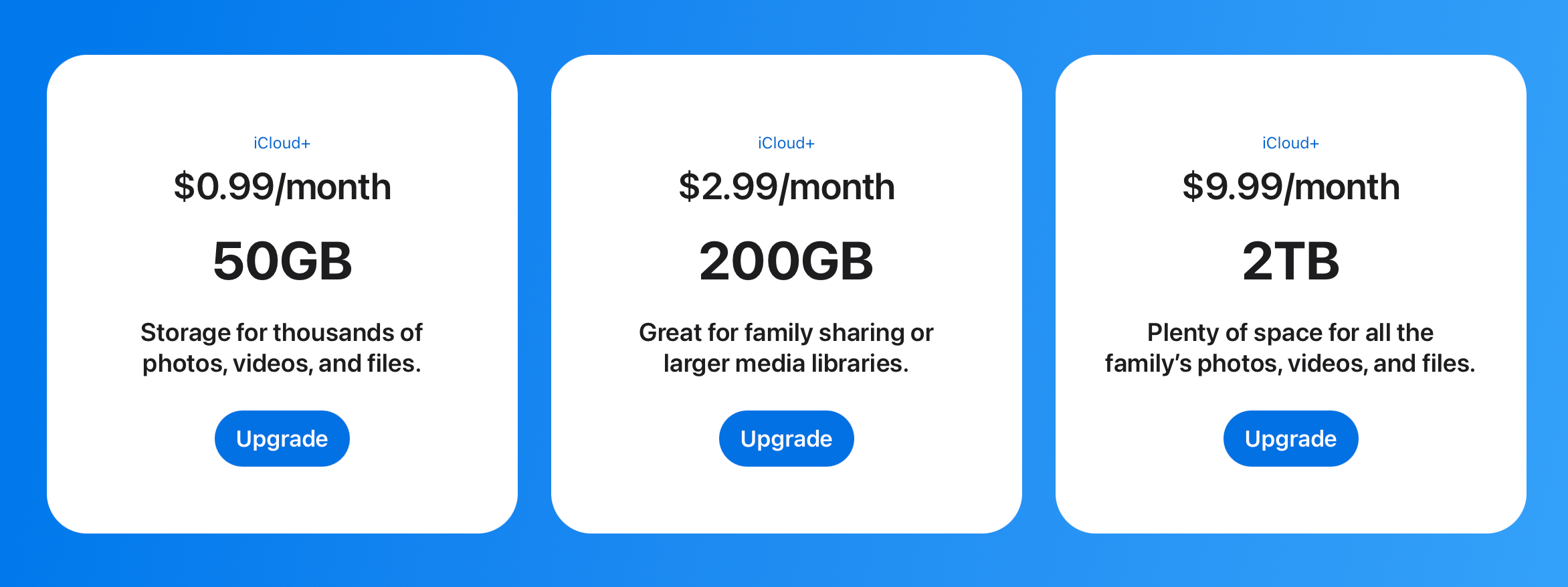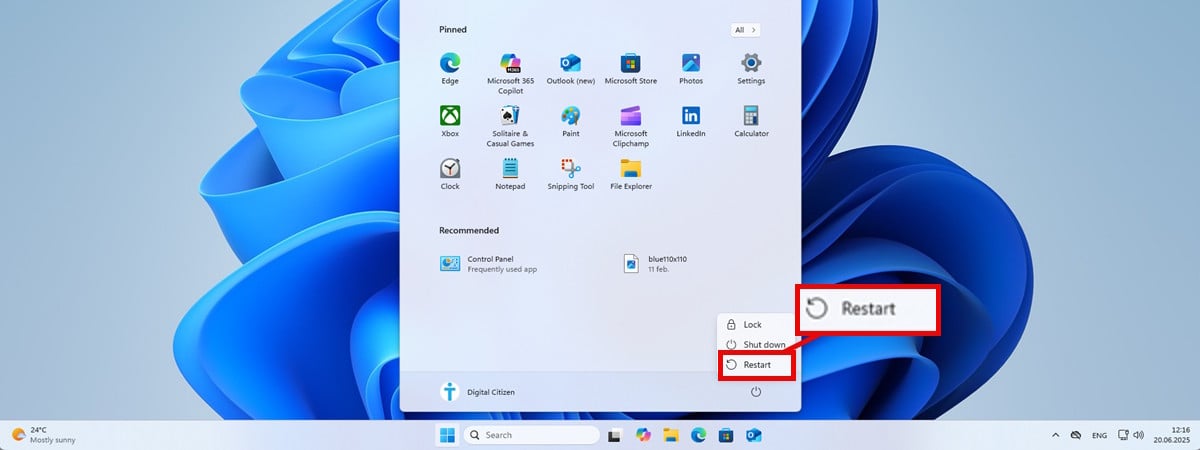
Key Takeaways
- Having an iCloud backup for devices like the iPhone, iPad, and Apple Watch requires a good chunk of iCloud storage, but the peace of mind is worth it.
- iCloud Photo Library handles media syncing and backup with easy access across Apple devices and the web.
- iCloud Drive is ideal for storing files and syncing frequently-used documents, and is used by apps like Notes and Health to keep personal data safe and current.
- 50GB of iCloud storage is available for only $0.99 per month, but even higher tiers can be worth it if you see the value (just be aware of the rising cost as you increase your dependency on the service).
iCloud is a big part of Apple’s modern ecosystem, helping you get the most out of your iPhone, iPad, Mac, and more. The bad news is that iCloud isn’t free. On the bright side, it might be a monthly fee that’s worth paying.
Backup (Almost) All Apple Devices
With the exception of my MacBook, iCloud means I never have to make local backups of any device. My iPhone and Apple Watch are backed up daily to the cloud, and the same would be true of an iPad if I had one.
Backups are vital, but they’re only useful if you make them often. Human error and plain laziness mean I’m bad at plugging in and initializing local backups. Using a system that automates the process and backs everything up to the cloud, wherever I am, is a huge bonus.
Cloud backups aren’t perfect, but they work well for me. If your internet connection is poor, it can be a drag when it’s time to restore. If I’m traveling and cannot connect to a reliable network, it could be a few days or weeks before things are backed up. Most of the time, this isn’t a problem. iCloud only backs up changes, so most backups are done in a few minutes.
This convenience requires a paid iCloud plan because you can’t back up an iPhone with Apple’s paltry 5GB free offering. All iPhone models now ship with at least 128GB of storage (like my iPhone 13 Pro). I outgrew Apple’s basic 50GB iCloud+ plan years ago, and I’m now hoping that the 2TB plan lasts me long enough to see a healthy reduction in monthly fees.
Unfortunately, there’s no true native iCloud backup for Mac devices. You’ll still need to plug in an external drive and run Time Machine (or use a local alternative).
iCloud Photo Library is another great source of comfort for anyone who dreads losing their precious photos and videos. Since Apple shut down its “Photo Stream” syncing service in 2023, iCloud Photo Library is the easiest way to transfer media between devices and back everything up.
To do this, you’re going to need enough iCloud storage for all of your media. Then you can turn on iCloud Photo Library under Photos settings on your mobile and desktop devices, then wait for the initial upload to complete.
Any photos or videos I shoot on my iPhone will appear on my Mac in minutes (and I can force the sync over cellular or if my battery is low). Any images I import from a digital camera to my Mac also show up on my iPhone. I can share these directly with family members using shared iCloud albums, and even access my entire library from anywhere simply by logging in at iCloud.com.
I could choose to download my entire iCloud media onto just about any device, but considering the size of my library this isn’t advisable. Being able to offload media to the cloud ensures I always have free space on my iPhone for apps. The same is true of my Mac, even though I made sure to buy enough internal storage to last me the life of my MacBook this time around.
With iCloud Photo Library enabled, your device backups will appear to be a lot “smaller” since media is already backed up to the cloud separately.
Cloud Storage When You Need It
iCloud Drive is just another cloud storage platform, albeit one that’s tailored to Apple devices. I use it to store and share files using Finder on a Mac or Files for iPhone. There are no significant restrictions here, I have ROMs in folders for use on iPhone emulators and plenty of MP3 and WAV samples on hand for music creation.
I also mirror my Mac’s Documents and Desktop folders to iCloud (which you can do under iCloud settings on your Mac). This gives me access to these folders virtually anywhere, even through a browser. This isn’t quite the same as a “proper” backup, but it adds a small layer of redundancy, and it’s perfect for accessing my most-frequently-used files on the go.
As a heavy Apple Notes user, it’s nice to know that everything is safely backed up to the cloud and synced between my devices. I keep a lot of receipts, important scanned documents, tax invoices, and even photos in Apple Notes. Not having to worry about whether I have enough room for this digital clutter means one less thing to micromanage.
And then there’s everything else: my Messages attachments (which I basically never delete), my Apple Health data (which I’m sure will be useful one day), Mail, Reminders (many of which also have attachments), and those three Journal entries I once made are all safe.
Paying for iCloud storage grants you an iCloud+ membership, which comes with a few perks. My favorite of these is Hide My Email, which gives me an unlimited number of disposable email addresses that I can turn on and off at will. These are great for avoiding spam or signing up for free trials (and then doing it again).
There’s also iCloud Private Relay, Apple’s VPN-like privacy feature which I used before I decided to pay for a “real” VPN. And you get HomeKit Secure Video, which I know will come in handy when I eventually set up some security cameras.
Is iCloud Storage Worth Paying For?
I pay $9.99 per month for 2TB of iCloud storage, and it’s worth every penny. I say this as someone who kept their last MacBook for nearly a decade, and who upgrades their iPhone maybe every four years. I’m not buying new devices unless I need to, but $120 per year on iCloud? Sold.
It’s the price I’m happy to pay for peace of mind and convenience. I don’t worry about having space on my iPhone, because iCloud picks up the slack. My Mac won’t ever get bogged down with too many videos of my cats, even if I shoot a whole terabyte of feline antics.
The only problem in paying for iCloud is that the more you use it, the more you rely on it; and the more you rely on it, the harder it is to leave. It’s not impossible to download all of your data (you can do this relatively easily at privacy.apple.com) but it’s still a lot of hassle.
My iCloud subscription costs less than Xbox Game Pass, Apple Music, and Netflix, yet it’s arguably more useful than any of them. If you’re just starting out, $0.99 per month for 50GB seems like a steal, but just remember that eventually you’ll outgrow this tier and need to spend more.
iCloud’s costs are roughly in-line with other cloud storage services, and it’s not like the alternatives are substantially different. Google Drive storage is similarly priced, convenient, and just as easy to love.
Source link















